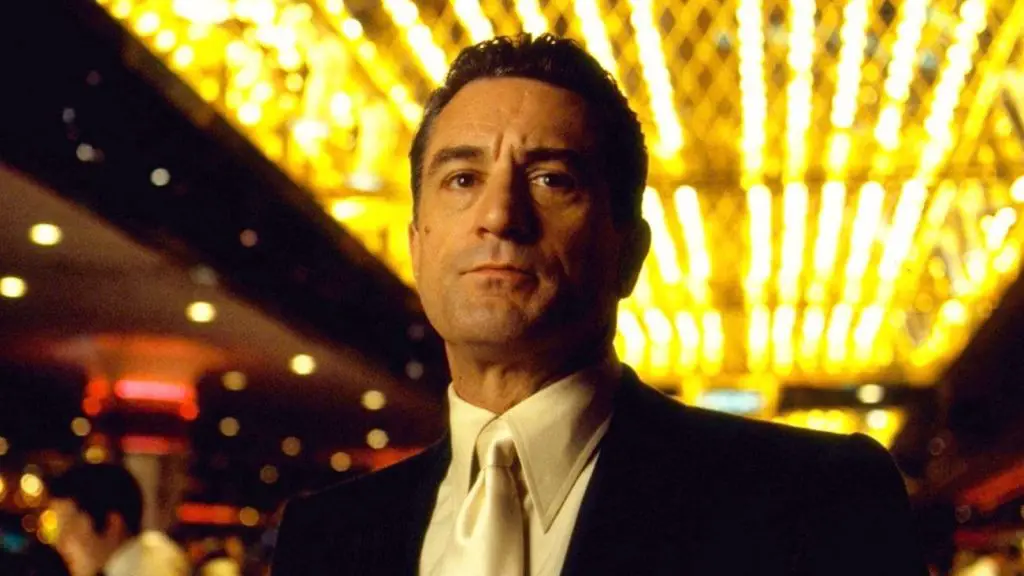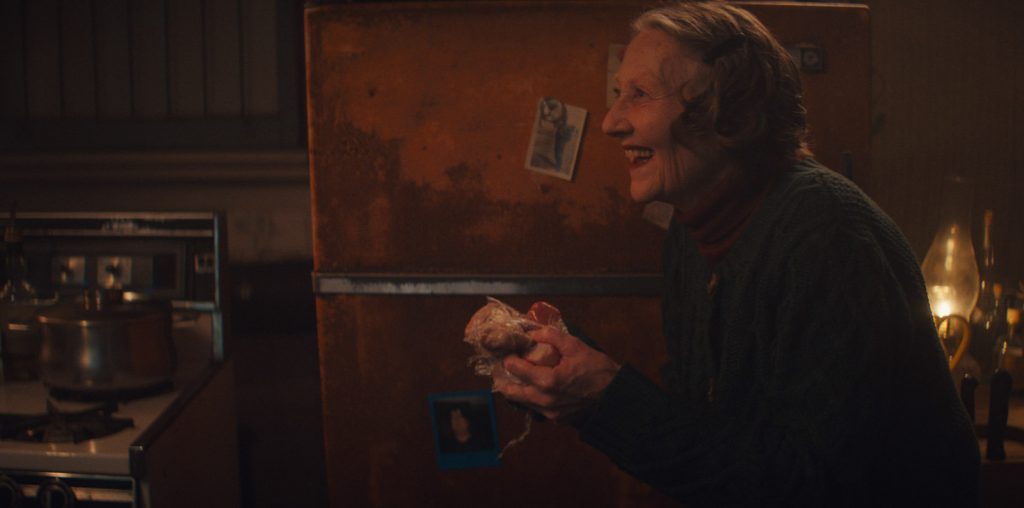
Medina (Melissa Navia) has recently lost her fiancé, and her life is appropriately sad and depressing. She has supportive friends in Sidonia (Bonnie Piesse), and her brother Enzo (Francesco Plazza) and his girlfriend Tesla (Romy Valentina), and she’s quite good at martial arts, but something is still off.
Meanwhile, Quinn’s (James Gill) girlfriend has recently kicked him out, and he has “lost everything.” His two friends Fera (Terilyn Marshelle-Fleming) and Camden (Jorell Stills Haigler) keep him company, mostly to make sure he doesn’t kill himself (or at least that’s the impression I got). While Medina and Quinn don’t know each other, their stories play out in parallel in Love Eterne as we, the audience, wait for that inevitable moment when the two storylines come together. At least, that’s the very basics of the film.
The main question I had at the end of viewing Love Eterne was, “why send to us for review?” The technical issues with the film, which I’m about to discuss, are not subtle in the least, and I can’t imagine what is to be gained from us taking a look at the film and saying as much. I don’t think anything I’m going to say will be a surprise to the filmmakers involved. As it is, this does not appear to be a finished film.
The most accomplished aspect of the film is the opening credits sequence, that brings to mind a sitcom like Friends, with its smiling characters mugging for the camera. My first impression was less that I was going to be watching a movie and more that, perhaps, this was a pilot for a TV show. Regardless of the tone of the opening credits, they showed polish and I was optimistic for the rest of the film.
From there, though, it goes downhill fast. The first segment of the film obviously requires voiceover, as a text bar appears at the bottom of the screen stating as much, along with the written dialogue that is missing from the scene. The audio for the film is horrible almost all of the time, making me wonder if any type of sound mix was even attempted. Most often I was straining to hear what was going on, or cringing at the seemingly ever-changing levels and panning.
And then there is the dark smudge or spot on the lens of the camera used to record certain scenes. Not all footage suffers, but it is obvious a damaged or dirty camera lens was used to record an abundance of this film, and that footage made the cut. And while I understand that some filmmakers are unable to do re-shoots or the like, I do wonder how so much footage was shot without this smudge being apparent or, if it was, why the footage was used at all? We’re not talking a small speck that you might notice sometimes, it’s an obvious spot near the middle of the image.
While the editing style of the film can best be summed up with, “and… fade to black,” I don’t want to give the impression that there is absolutely nothing of value to be found here. Melissa Navia manages to keep your attention despite the inability of one to hear what she’s saying all the time, so credit to casting for allowing her to carry as much of the film as she does. And, again, the opening credits, for all their sitcom-cheesiness, are at least the most polished part of the production, for what that’s worth.
This film was submitted for review through our Submission for Review system. If you have a film you’d like us to see, and we aren’t already looking into it on our own, you too can utilize this service.

